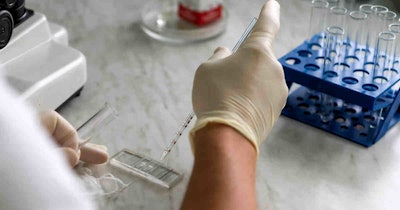
Bone turnover marker (BTM) testing can help physicians to assess or manage osteoporosis and other diseases of skeletal fragility, according to an article in Clinical Laboratory News (CLN), the magazine of the Association for Diagnostics & Laboratory Medicine (ADLM), until recently named the American Association for Clinical Chemistry (AACC).
In the CLN article, physicians from the Hospital for Special Surgery in New York discussed the role of BTM testing and strategies for the effective use of the markers. The term BTM covers resorptive and anabolic markers that provide insights into the rate at which bone matrix is removed by osteoclasts and deposited by osteoblasts.
Knowing the rate of bone matrix removal or deposition can help physicians understand if a patient is at risk of fractures or is responding to treatment. As such, BTMs, which are fragments of bone matrix proteins found in blood and urine, support more informed, personalized decisions about the management of patients.
However, while theoretically useful, the markers pose significant challenges to laboratory professionals. Analytic and biologic variation can mask the predictive power of BTMs. The authors of the CLN feature see “careful consideration of preanalytic testing conditions and clinical context of utilization” as a way to mitigate the problems created by variation.
“While bone turnover markers are subject to numerous preanalytic factors that complicate their interpretation, they can provide useful information to guide clinical decision-making for risk assessment or management of osteoporosis or other diseases of skeletal fragility,” the authors wrote.
As the authors of the article note, “there is not currently evidence supporting routine BTM testing for all postmenopausal women or osteoporosis patients.” Even so, the physicians conclude that “BTMs remain a valuable tool when testing is carefully applied.”
Careful application includes considering the sources of variation. BTMs vary by season, typically peaking in early winter. The early winter peak is particularly pronounced in premenopausal women. Measuring BTMs in a morning fasting draw can address the variance. The menstrual cycle is another factor, with BTMs peaking in the mid- to late follicular phase and troughing during the mid-luteal phase. As such, the follicular phase is the preferred time for sampling from premenopausal women.
Demographics affect BTMs too. Growing children generally have high BTMs because they are undergoing active skeletal growth and modeling. BTMs are generally higher in men in their 20s and 30s than in young women. This difference reverses later in life because ongoing bone loss in postmenopausal women drives an increase in resorptive BTMs.



















